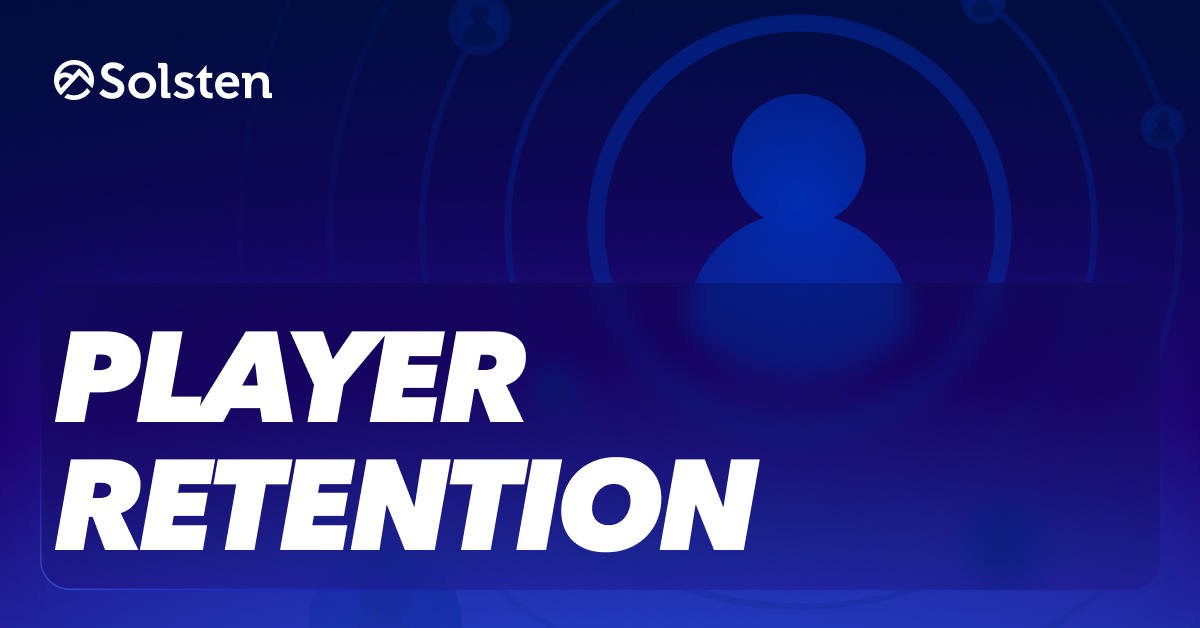Day 30 (D30) retention reflects the time period where players, having thoroughly navigated a game’s mechanics and meta-systems, decide whether an experience resonates deeply with their wants and needs. Where D1 is about first impressions, and D7 is the ‘getting to know you’ phase, D30 is when players truly decide to put a ring on it. It’s the point where short-term excitement transforms into long-term commitment.
As players decide whether or not to make the game a valuable part of their daily lives, developers have a clear challenge. They must consistently deliver content that not only meets but anticipates player motivations and values. This approach, when executed effectively, can transform the way players interact with a game. It can elevate it from a mere pastime to an integral part of their daily lives.
Failure to achieve strong D30 retention means the difference between a game that turns into a thriving business and one that fades into obscurity. As competition in the gaming industry increases, the challenge of retaining players beyond the initial excitement phase is increasingly difficult. Players have seemingly unlimited options, and the quality of games continues to improve.
Solsten offers a groundbreaking solution in this challenging landscape. It equips game developers with advanced quantitative insights into their players’ psychology, values, and motivations. This data is a true unlock for understanding and maintaining long-term player engagement.
With Solsten’s player data, developers can create content that aligns with and anticipates player needs and values. Games can transition from being just another title to becoming an essential part of players’ digital lives, ensuring lasting engagement and securing high D30 retention.
How does using Solsten help improve your D30 retention rate? Let’s dive in.
Using Solsten to Improve D30 Retention
Create a Synergistic Gaming Space
Strong D30 retention is not just about gameplay, it’s about creating a space where players can express their unique personalities and enduring interests. Think of it as a two-way street: you provide the content, they bring their personality, and this synergy keeps them invested. If you can’t match the gameplay to the personality, the synergy falls apart. This is one of many reasons it’s vital to understand the personality traits of your audience.
Build Empathy With Your Players
Crafting this content is rewarding, but comes with high stakes. The success of these events and features is not an option — it’s a necessity for long-term player retention. To put certainty on your side, Solsten’s Traits dashboard is your secret weapon.
Solsten knows your players’ interests, hobbies, and even brand affinities. Combining this data with their psychological data lets you build empathy with your audience, and get to know them like you would a good friend (which every audience is, because that’s who keeps the lights on after all).
Introduce Unique Content Based on Player Interests
How does this come together? Let’s say you want to introduce out-of-the-box bonus levels in a battle royale game. How do you deviate from your core gameplay elements with any sense of conviction?
Now, imagine you know that your audience loves to golf and are fans of the TV show Game of Thrones. They also value leadership, and have a personality where they love to help other people. This data gives you clear direction to create a heroic, dragon-saving mini golf event with confidence. The more you know who your audience is, the more your own creative potential is unlocked.
Form Strategic Partnerships For Crossover Events
Let’s take it a step further. Imagine you want to form an external partnership to create branded bonus content. Using Traits, you know your audience has a strong, highly enduring affinity with the shoe company Vans.
Not only can you be sure that this partnership will resonate, you can also use this data to approach Vans. You can show Vans the benefits of working together by demonstrating how both parties will gain value from this collaboration.
Measure Player Endurability
Endurability is the key UX metric that will shows you how worthwhile your players find your game in the long run. It measures whether an audience views your game as enjoyable, and if it is providing them with intrinsic levels of motivation. Raising your game’s player endurability score will have a strong chance of boosting D30 retention. The more worthwhile a player finds your game, the more likely they are to stick around.
If your game has a low player endurability score, a likely culprit is an excess of extrinsic, value-based mechanics. These can fuel short-term metrics, but they aren’t great for keeping people engaged, and have been shown to decrease intrinsic motivation over time.
Adapt to Your Game’s Evolving Audience
Now let’s think about actual gameplay and game design. By day 30, players often get stuck — even paying, high value players. One reason that the causes can be difficult to diagnose is that a game’s audience makeup can shift as a game grows. The players you attracted initially, that you got feedback from during playtesting and beta, can look far different than the players you’re attracting a year after launch.
We once observed a game where the highest paying group of players nearly all churned right around D30. The game company assumed they had a good understanding of their audience, since they had demographic data from when they launched. However, a year post-launch, the makeup of their audience had changed. It turned out that the highest paying audience was now older female players.
These players would purchase the characters they liked the most, but struggled to use them effectively in more challenging levels. The main reason for their churn was their inability to beat the levels with the characters they had purchased.
If the game company had known that new audiences with different playing styles had joined their game as the game grew, they could have tailored the D7 to D30 journey to meet the specific needs of each player group. Instead, they assumed that the same group of players who loved their game a year ago were the ones driving its growth today.
To optimize player retention at day 30, it is crucial to understand who continues playing after day seven. Then, create an experience that resonates strongly with these key player personas.
If you want to test your game experience or new features for resonance among your key personas, partner with Solsten’s research specialists. They can provide insights on how other successful gaming companies conducted resonance testing. This is includes Mythical Games, which partnered with our research team to create their top-grossing mobile game, NFL Rivals, in the Sports category.
How to Improve Player Retention Beyond D30
Imagine a game environment where every interaction is not just a transaction, but a bond strengthening over time. This is the path to making your game not just popular, but indispensable.
Getting to this point means true long-term thinking. Forget D30. We’re talking D180 and beyond.
Solsten’s Player-Centered Score
Solsten understands this new frontier. To help developers navigate it, we’ve created the Player-Centered Score (PCS) to predict the long-term sustainability of any experience for any player cohort. The PCS is built to gauge the long-term resonance of your game for each player, way before traditional metrics ring any alarm bells. With Solsten, your game fosters connections that last, and turns those connections into a thriving community.
The Impact Indicator
Next, we’ve developed a special tool called our Impact Indicator. This tool allows you to analyze any player cohort in your game. You can use it identify the specific factors that positively or negatively affect their retention at any point in their journey.
For example, if you want to see the D180 retention of your high LTV players, our AI will predict the exact traits that are positively influencing their retention. This eliminates the need for guesswork in long-term retention strategies.
Designing For Long-Term Success
At Solsten, we’ve observed that player levels of long-term orientation are increasing year over year. Players now anticipate staying engaged with games for longer periods. They grow tired of constantly switching from one gaming experience to the next.
This trend creates more competition for audience attention. By gaining a deeper understanding of your audience’s psychology, you can create an experience that resonates with them, and becomes an integral part of their lives.
The successful games of the future will design their gameplay experience beyond D180, as if they were creating an experience for their best friend. If you don’t invest the time to understand your audience, you miss out on retaining players beyond D180, and overlook the future potential of your business.



